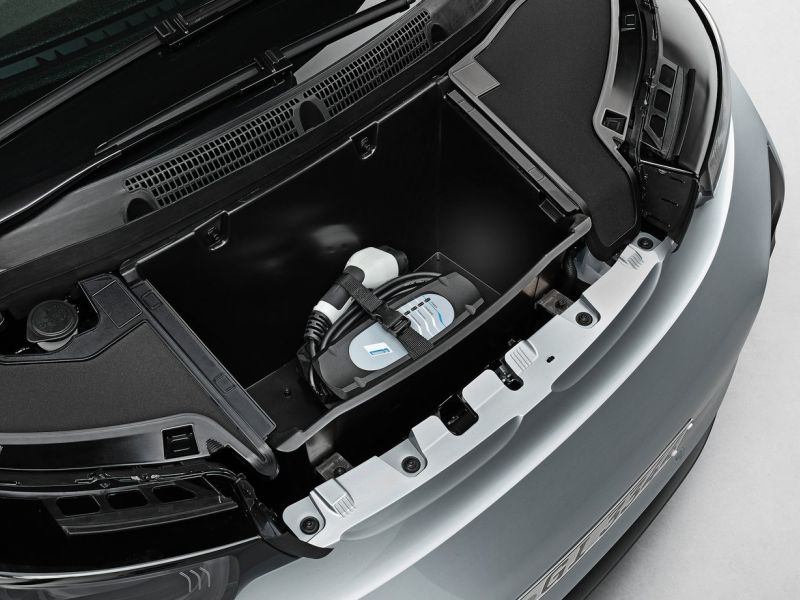BMW i3: The Game Changer
The BMW i3 is the revolutionary car for the renown German manufacturer as it boosts the company’s presence in the electric vehicle market. BMW i3 was launched in 2014 and underwent improvements in 2016. In the meantime, it became one of the most popular all-electric cars in the world, placing itself in the third place on the global EV market. The BMW i3 collected many awards and recognition worldwide, which are the proofs that BMW did a good job when it decided to develop something completely different compared to their usual line-up of cars.
AT A GLANCE
Upsides:
- Unusual and attractive design
- Instant torque of the electric engine
- Useful concept of the Range Extender
Downsides:
- Needs recharging for longer journeys
Design (4/5)

The appearance of the BMW i3 is a memorable and unusual one. The car has a recognizable BMW’s kidney grille but the rest is not comparable to any other BMW has ever produced. The visionary design of the BMW i3 showcases both BMW’s sporting DNA and the efficiency of a small four-seater car. Its innovative vehicle concept, including a passenger compartment made from carbon-fibre-reinforced plastic (CFRP), combines lightness, stability, and safety with extraordinary spaciousness. The special feature is the coach doors.
Engine, drivetrain, and performance (4/5)

The BMW i3 is equipped with the electric motor which generates an output of 125 kW/170 hp and peak torque of 250 Nm, which is available immediately when the driver taps the pedal. The BMW i3 sprints from zero to 100 km/h in 7.2 seconds, better than many wannabe sports cars. The Bavarian electric car is a real street racer but on the long run, it’s limited to just 150 km/h. The range of 160 kilometers (for the 60 Ah battery version) could be extended with a Range Extender (Rex), a 647cc two-cylinder engine that serves as a backup generator when the batteries go flat. Taking petrol from a nine-liter tank, it can produce energy for about 100 kilometers.
Trim levels (4/5)

In Singapore, the BMW i3 is available in two trim levels – Suite and Lodge. The Lodge has a lighter grey-toned interior done up in a mixture of woven fabric and leather – compared to a more serious dark leather in Suite. The BMW i3 is fitted with lightweight seats featuring extremely slim backrests. Outside, the car has LED light units both as headlights and as the rear lights. Some other standard things are the iDrive system and Radio Professional, onboard connectivity and smartphone integration, air conditioning and Park Distance Control with rear sensors.
Safety (5/5)

The body of the BMW i3 is hiding an innovative LifeDrive architecture which provides optimal protection in all situations. It consists of two separate, independent modules. The aluminum Drive module, or the chassis, provides the vehicle’s sturdy foundation and incorporates the battery, the drive system and the basic structural and crash functions, while the Life module consists mainly of high-strength, ultra-lightweight CFRP passenger cell. That cell, in conjunction with intelligent distribution and absorption of impact forces, provides optimal standards of occupant protection. To offer even more safety, the i3 has eight airbags.
Conclusion: 4.25/5.0

The BMW i3 is just four meters long, same as an average B-segment car, but the lack of combustion engine compartment and short overhangs resulted in a spacious and comfortable cabin for four people. All that makes the BMW i3 the perfect city car. The other perfect thing is the innovative all-electric drivetrain which is economical and ecological at the same time. Its driving range is limited but sufficient for day-by-day city needs when a user has eight hours to refill it. In countries where the lack of fast-charging facilities is resolved, the i3 can become a car for longer journeys too.




